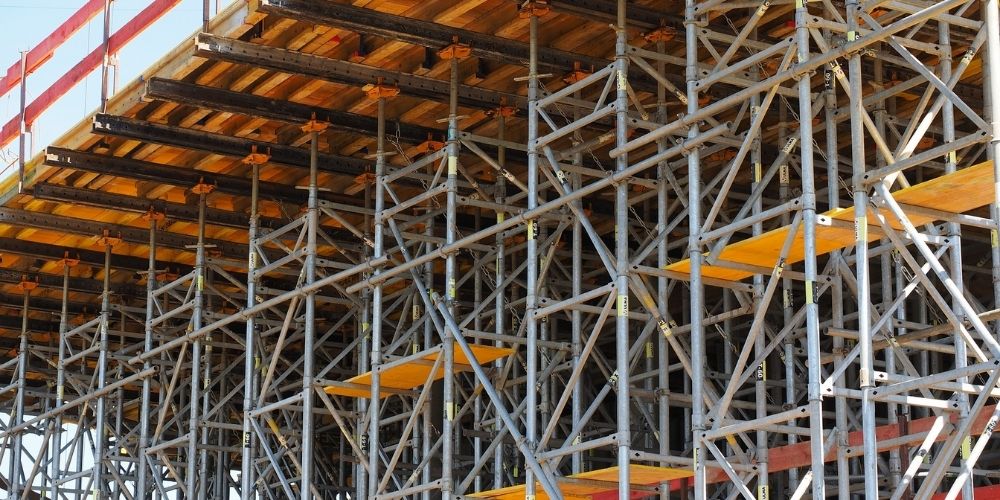This construction cast looks at defects and issues with buildings, particularly those in the public sector. With major building defaults like RAAC and cladding becoming more of an issue, what should we do?
Stuart was joined by Jerry Tate of Tate + Co, Richard O’Brien of Ross-Gower Limited, Ruth Kavanagh of Archor and Ralph Gifford of Ward Williams Associates.
You can read a full write-up and watch or listen to the full episode below.
Why do projects go wrong?
Firstly, we need to decide how to define a project going wrong. From Jerry Tate’s point of view, there are a number of things that can potentially make the project go wrong. These range from a lack of education and understanding to a poor brief, or a short-sighted approach to projects and procurement.
Throughout the industry, it is becoming more common for projects to have a very complicated setup. This can lead to a lack of clear lines of project responsibility.
There are easy fixes such as establishing clear boundaries. For example, clear communication and discussion of who is responsible for the building at what point. The Hackitt Report stated that people feel as though they have no sense of responsibility over the project or buildings within its scope. The Building Safety Act has made steps towards clarifying these blurred lines by establishing an ‘accountable person’.
Ralph Gifford tells us that some of his clients will have already been contacted by the DfE to check their estates for RAAC. Also there are circumstances when if RAAC is treated properly it can last longer than its 30-year life span. On current figures, Jerry estimates that 2% of the buildings need 38% of the refurbishment and replacement funding allocated by the government. If buildings are not well maintained, they will need repairs and replacements even sooner.
Implications…
There have been building safety and other issues in recent years, and often the government does step in. As an example, the government recently extended limitation periods with fire safety from 12 years to 30 years.
There are differences with the RAAC panels compared with others. It is a whole new issue that is not the same as the ones we have previously seen. Ruth Kavanagh says that the big difference here is that the government is heavily involved, having built these schools and so liability is perhaps likely to be looked at differently to some of the building safety issues and asbestosis issues seen in the past.
Additionally, although these issues are new to the public, there was a government effort to contact schools previously. They had asked estate, property, and facility managers at schools to check their estates for RAAC.
Insurance:
The problems that come with degraded RAAC panels are very different to previous building safety issues. Previous problems, such as the cladding issues with Grenfell, meant the property insurers were very worried about fire. RAAC however is an inherent defect so is usually excluded under property insurance as a previously known risk. People now need to replace these buildings and there is unlikely be redress under property owners’ insurance.
Richard notes that the property insurance market is relaxed around the issue of RAAC. However, there are some questions around professional indemnity as a result of Grenfell and the wider position of the insurance market when that issue arose.
Wider building safety issues have been of more concern to underwriters. The property insurance market has not been making money in recent years. As supply and demand rates changed, there was a corresponding rise in underwriters’ rates. This then inhibited the ability to get surveys done. All of these factors were then compounded by the COVID-19 pandemic.
What to do if you’re responsible for a public building?
To avoid any defects and issues, create a plan to assess your buildings on an annual basis to avoid surprises. The easiest way to be safe is if you have any uncertainty contact a chartered surveyor or structural engineer.
There needs to be a contingency plan in place if the site needs to remain open during work. It should be made possible to keep buildings open when it is safe and appropriate to do so. For RAAC replacement and repairs during term time, it is important to have an accurate risk assessment completed.
Ralph believes that realistically across the UK, we have the expertise to accurately assess these buildings. There may be a shortage of these surveyors in certain rural parts of the UK but that will only slow the process whilst waiting for a surveyor.
There are many circumstances where materials used in buildings can get damaged and last less than their recommended life span. For example, with concrete panels, one of the main sources of damage is water getting into places it shouldn’t. There are also things like movement/settlement and changing temperatures. Materials like the RAAC panels can slowly degrade from moisture in the air and humidity.
What can we do to avoid these defects in the future?
We as an industry need to have a look at what practices we have in place. We need to educate and create awareness of defects and best practices to create better awareness. Ideally, we would be able to avoid all these issues by creating buildings that are easily maintainable.
Using a longer-term product that works for the duration of the building’s life span should tie in with a maintenance program. The biggest issue is usually the budget. Everyone wants to do a project for as cheap as possible without the budget being the driving factor. Richard has an idea to tie in a policy with a maintenance programme and other elements through a cohesive approach to insurance.
The panel suggests that tightening up on public procurement could help these issues. Currently, procurement is often looking at the capital cost, but we should shift to looking at the whole life cost instead. Additionally, including the cost of maintenance to the project cost could help to assess these decisions early on. They then further this by adding that the funding needs to be available to not only build the building correctly but to maintain it correctly too.
For all the details on our latest Construction Cast click here.

